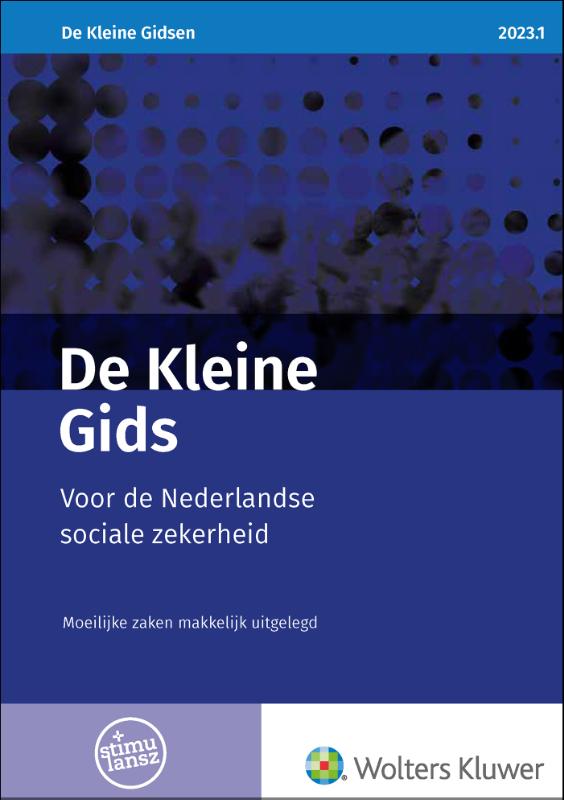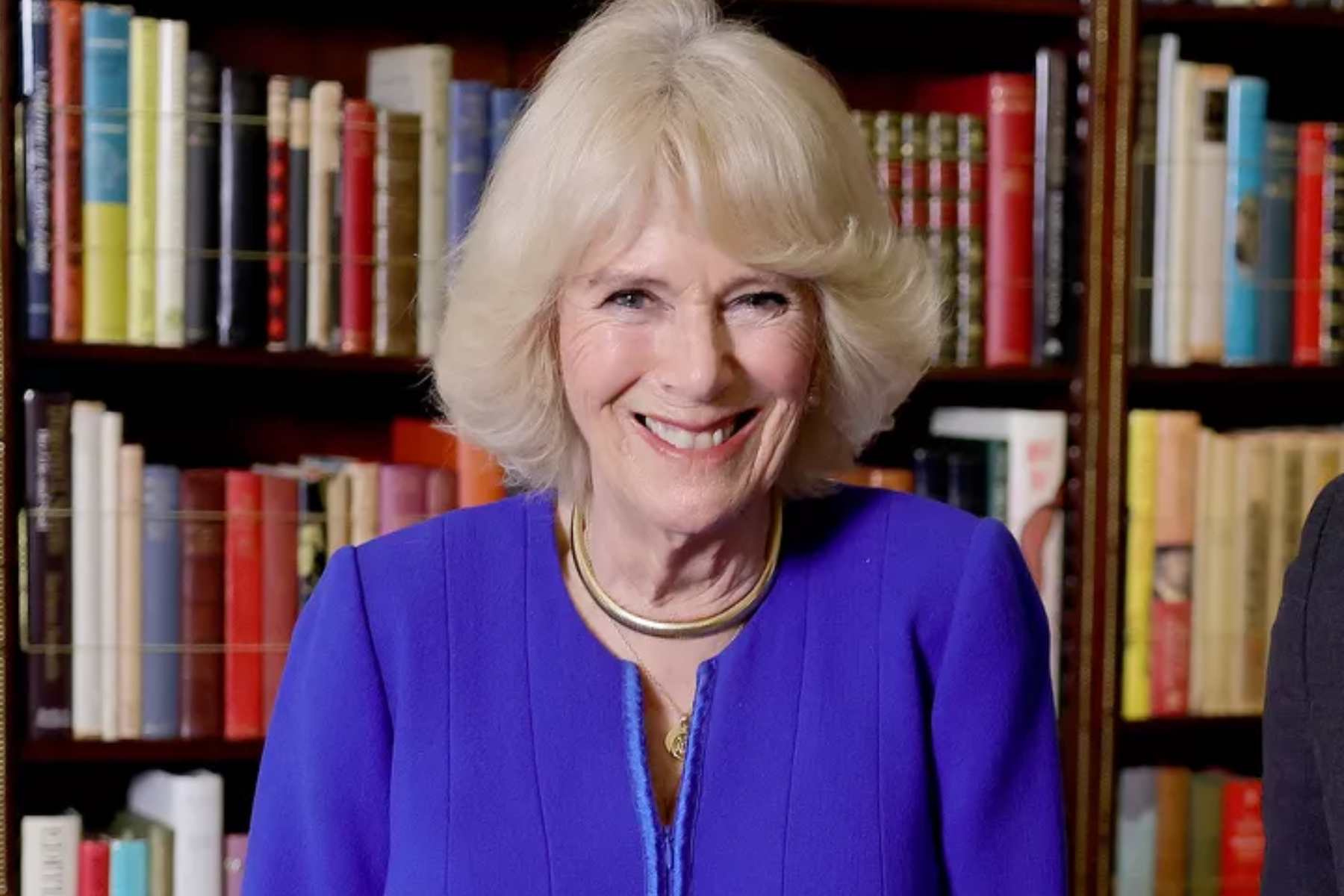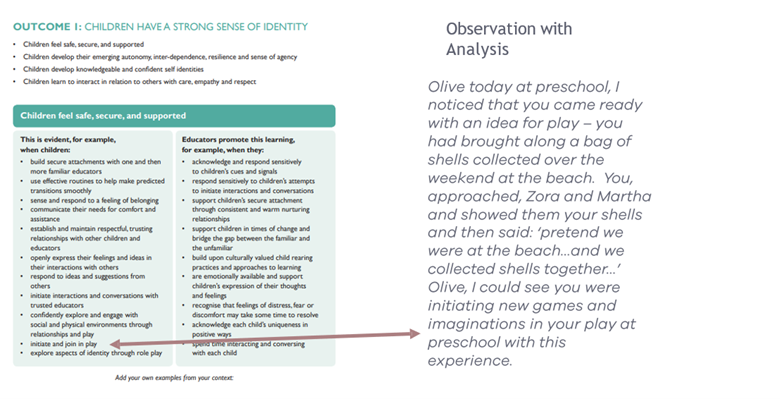Is It A Love Monster? Recognizing And Addressing Toxic Relationships

Table of Contents
Recognizing the Signs of a Toxic Relationship
Toxic relationships share common characteristics that erode your well-being. Recognizing these signs is crucial for protecting yourself.
Emotional Manipulation and Control
Emotional manipulation is a cornerstone of many toxic relationships. Manipulative tactics aim to control your emotions and behavior, leaving you feeling confused, insecure, and dependent.
- Gaslighting: This insidious tactic involves making you question your own sanity and perception of reality. For example, your partner might deny saying something they clearly did, or twist events to make you feel like you're at fault.
- Guilt-Tripping: This involves making you feel guilty for expressing your needs or setting boundaries. Phrases like "You're so selfish" or "You're ruining my life" are common examples.
- Isolation: A toxic partner might try to isolate you from friends and family, cutting you off from your support network and making you more reliant on them.
These manipulative tactics are forms of emotional abuse and controlling behavior that severely damage self-esteem and mental health. Recognizing these patterns is vital in identifying unhealthy relationships.
Lack of Respect and Boundaries
Mutual respect and healthy boundaries are essential for any thriving relationship. Their absence is a significant indicator of toxicity.
- Disrespect: This can manifest as verbal abuse (insults, name-calling, yelling), belittling your achievements, constantly criticizing your appearance or actions, or simply ignoring your needs and feelings.
- Boundary Violations: A toxic partner disregards your personal space, privacy, and consent. This can include snooping through your phone, sharing private information without permission, or pressuring you into activities you're uncomfortable with.
Respectful relationships prioritize open communication, understanding, and compromise. Learning to establish and maintain healthy relationship boundaries is crucial for personal well-being and preventing further abuse.
Constant Criticism and Negativity
Consistent negativity and criticism chip away at your self-esteem and mental well-being. This constant barrage can lead to negative self-talk and feelings of inadequacy.
- Constant Complaints: A toxic partner might constantly complain about everything – your appearance, your job, your friends, even your personality.
- Belittling Remarks: Subtle or overt put-downs intended to undermine your confidence are common in toxic relationships.
- Public Humiliation: Being embarrassed or belittled in front of others is a form of verbal abuse and a serious red flag.
This negativity creates a toxic environment that erodes your self-worth and makes it difficult to maintain a healthy sense of self.
Cycles of Abuse and Apologies
A common pattern in abusive relationships is a cycle of abuse followed by apologies and promises to change. This cycle is incredibly manipulative.
- The Cycle: Abuse (verbal, emotional, or physical) occurs, followed by an apology, a period of calm, and then a repetition of the abuse.
- False Hope: The apologies and promises create a false sense of hope, preventing the victim from leaving. This manipulation keeps the victim trapped in the cycle.
This cyclical pattern of abuse is a significant red flag and requires immediate intervention. Understanding this cycle is crucial for breaking free from toxic relationships.
Addressing and Escaping Toxic Relationships
Leaving a toxic relationship can be challenging, but it's essential for your well-being. Taking steps to address the situation is crucial.
Seeking Support and Building a Support System
Reaching out for help is the first and most important step. You don't have to face this alone.
- Professional Help: Therapists specializing in relationship counseling or domestic violence can provide guidance and support.
- Support Groups: Connecting with others who have experienced similar situations offers valuable emotional support and shared experiences.
- Helplines: Many helplines offer confidential support and resources for victims of abuse. (Include links to relevant helplines here)
Building a strong support network of trusted friends and family members can provide crucial emotional backing during this difficult time.
Setting Boundaries and Communicating Effectively
Learning to set and maintain healthy boundaries is crucial for protecting yourself from further harm.
- Assertive Communication: Use "I" statements to express your needs and feelings clearly and respectfully, without blaming or accusing.
- Boundary Setting: Clearly communicate your limits and expectations to your partner, and enforce those boundaries consistently.
- Consequence Setting: Establish clear consequences for boundary violations, and be prepared to follow through.
Effective communication is vital for establishing healthier interactions and reducing the likelihood of further manipulation.
Creating a Safety Plan
If you're in a physically abusive relationship, creating a safety plan is paramount.
- Support Person: Identify a trusted friend or family member who can offer support and a safe place to go.
- Emergency Contacts: Keep emergency numbers readily available – police, domestic violence hotline, friends, and family.
- Safe Place: Have a pre-arranged safe place to go in case of an emergency.
- Financial Security: Begin securing your finances if possible, gathering important documents and planning for independence.
Leaving an abusive relationship often requires careful planning and preparation to ensure your safety and well-being.
Conclusion
Recognizing the signs of toxic relationships, such as emotional manipulation, lack of respect, constant negativity, and cyclical abuse, is the first step towards escaping them. Remember, healthy relationships are built on mutual respect, trust, and open communication. If you're in a toxic relationship, don't suffer silently. Seek help, set boundaries, and prioritize your well-being. Learn more about recognizing and escaping toxic relationships today. Reach out to the resources mentioned above – your safety and happiness are paramount. Take control of your life and break free from the "love monster."

Featured Posts
-
 Trinidad Trip Curtailed Dancehall Artists Travel Restrictions And Kartels Message
May 21, 2025
Trinidad Trip Curtailed Dancehall Artists Travel Restrictions And Kartels Message
May 21, 2025 -
 Juergen Klopp Un Yeni Takimi Son Dakika Transfer Detaylari
May 21, 2025
Juergen Klopp Un Yeni Takimi Son Dakika Transfer Detaylari
May 21, 2025 -
 Tikkie Uw Gids Voor Probleemloos Bankieren In Nederland
May 21, 2025
Tikkie Uw Gids Voor Probleemloos Bankieren In Nederland
May 21, 2025 -
 Premier League Champions 2024 25 A Picture Special
May 21, 2025
Premier League Champions 2024 25 A Picture Special
May 21, 2025 -
 Klopp Un Geri Doenuesue Hangi Kuluebe Gecebilir
May 21, 2025
Klopp Un Geri Doenuesue Hangi Kuluebe Gecebilir
May 21, 2025
Latest Posts
-
 545 Million Economic Zone Investment Facilitated By Maybank
May 21, 2025
545 Million Economic Zone Investment Facilitated By Maybank
May 21, 2025 -
 Couple Arrested Following Antiques Roadshow Appearance National Treasure Trafficking Charges
May 21, 2025
Couple Arrested Following Antiques Roadshow Appearance National Treasure Trafficking Charges
May 21, 2025 -
 Trans Australia Running Record A Look At The Competition
May 21, 2025
Trans Australia Running Record A Look At The Competition
May 21, 2025 -
 Antiques Roadshow Appraisal Leads To Arrest Couple Charged With Trafficking National Treasure
May 21, 2025
Antiques Roadshow Appraisal Leads To Arrest Couple Charged With Trafficking National Treasure
May 21, 2025 -
 Breaking The Trans Australia Run World Record The Latest Updates
May 21, 2025
Breaking The Trans Australia Run World Record The Latest Updates
May 21, 2025
